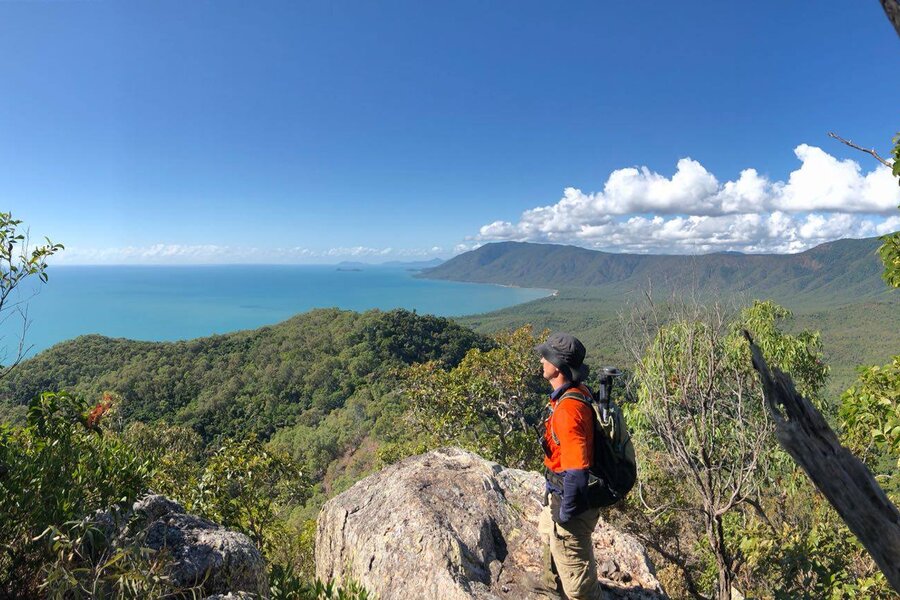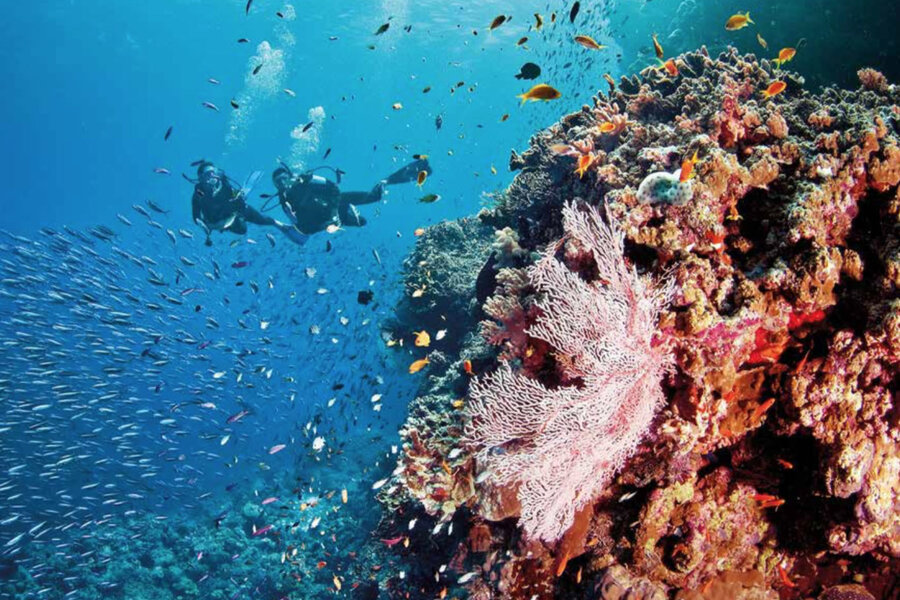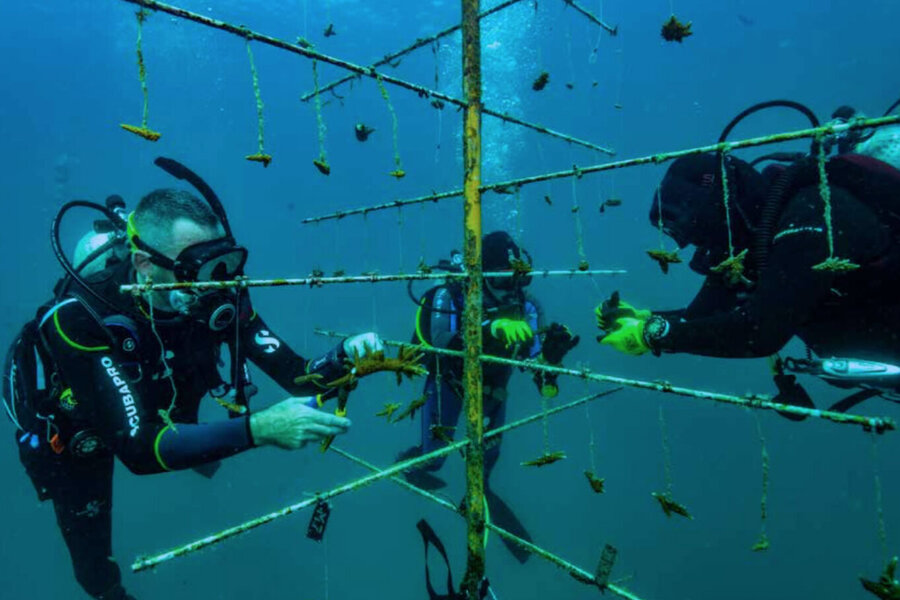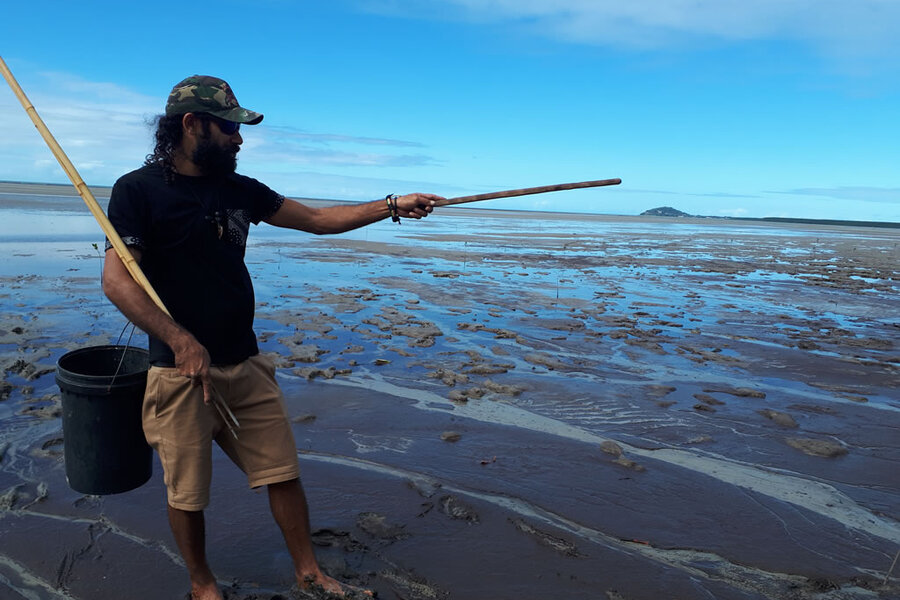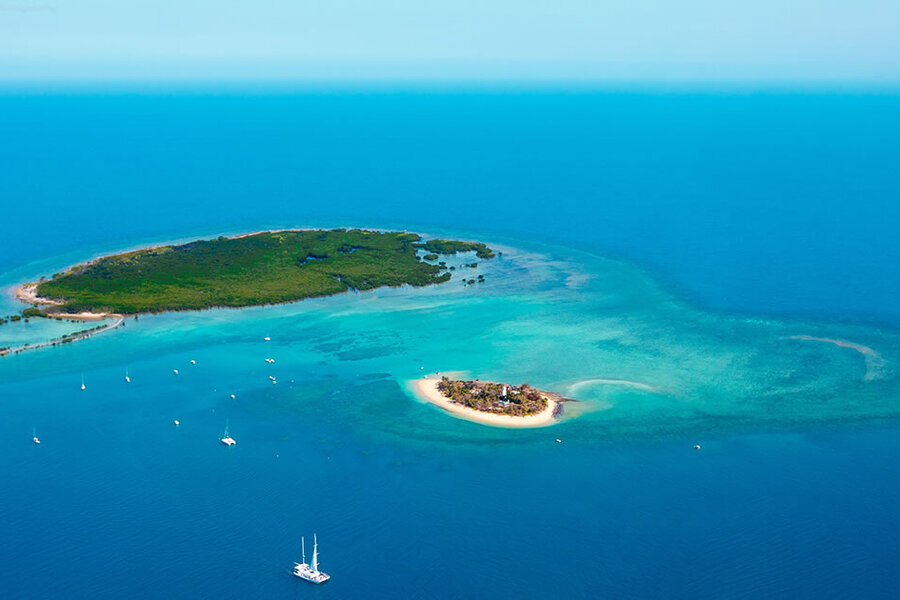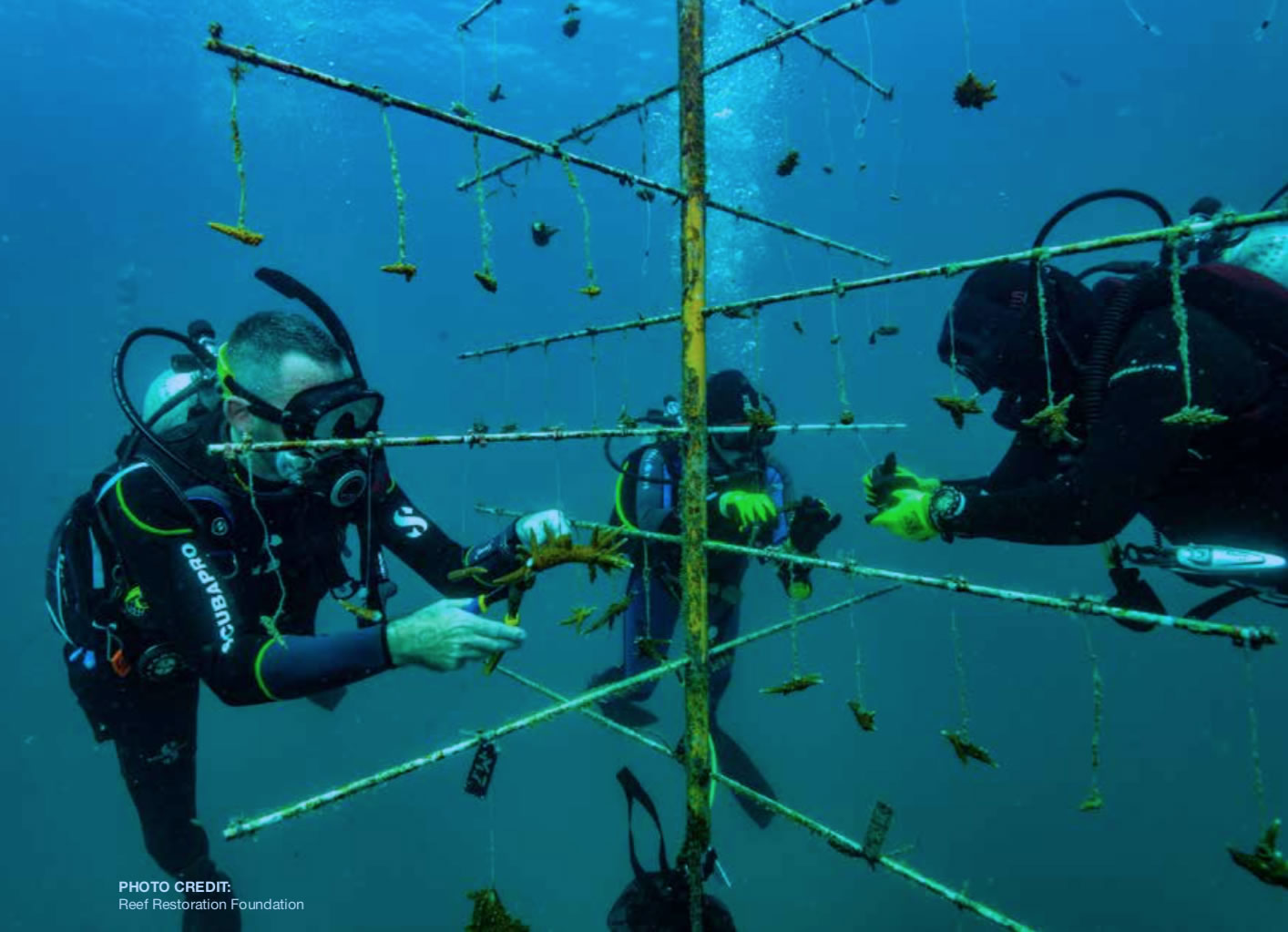
What are coral reefs and corals?
Corals consist of tiny animals called polyps (close relatives of sea anemones and jellyfish). For ‘hard” corals these tiny animals produce calcium carbonate exoskeletons (like tiny shell homes). These minute homes when made by many polyps create vast coral tower blocks and cities which make up the coral reef. As the polyps die, this hard exoskeleton becomes the foundation for the next coral ‘home’, the builder’s rubble of the marine world. Soft corals don’t have exoskeletons and can fit in comfortably between the gaps.
What is coral bleaching?
Coral has a friend called zooxanthellae (sounds like jelly), which is an algae that lives in harmony in the coral, turning carbon dioxide into sugars that they and the coral feed off. The coral polyps grow quicker on this sugar diet rather than just plankton. It’s the zooxanthellae that gives the coral its colour. Zooxanthellae don’t have the benefit of air conditioning and can’t stand hot water. If they get too warm, they get stressed and instead of producing sugar they produce toxic waste which poison the coral. Sensibly, the coral polyps gives the zooxanthellae its marching orders and expels it. This is when the coral then returns to its natural white “bleaching” colour.
This bleached coral can survive for a few months but does need the zooxanthellae to return to continue its effective feeding, which they will only do once the sea temperature has dropped. If it is too long, then the coral is unable to feed itself effectively and will die leaving behind its white exoskeleton.
Why are coral reefs important?
Coral reef ecosystems are important for many reasons:
- While coral reefs cover only 0.0025 percent of the oceanic floor, they generate half of Earth's oxygen and absorb nearly one-third of the carbon dioxide generated from burning fossil fuels.
- They remove and recycle carbon dioxide, which is a gas that contributes to global warming.
- Protect coastlines from the damaging effects of wave action and tropical storms - here in Port Douglas we can see the protective effect of the reef as the shore is protected from wave action (not so good for surfing, but perfect for kite surfing).
- Provides shelter for juvenile fish and a habitat for many marine organisms to provide bio-diversity and ensure a healthy food chain.
- Assists in carbon and nitrogen fixing and helps with nutrient recycling.
- The Great Barrier Reef through fishing and tourism contributes 5 billion dollars every year to the Australian economy.
- The study of coral reefs is important for providing a clear, scientifically-testable record of climatic events over the past million years or so. This includes evidence of recent major storms and human impacts that are recorded by the changes in coral growth patterns.
- Coral has even been found to have medicinal properties, including painkillers that are non-habit forming.
- Coral is used as a calcium supplement to treat multiple sclerosis and to treat and prevent cancer, heart disease and other chronic health problems.
- Surgeons use coral as a foundation for growing new bone in cosmetic facial surgery, reconstructive surgery and in areas damaged by trauma. The new bone cells grow within the coral, which eventually dissolves.



